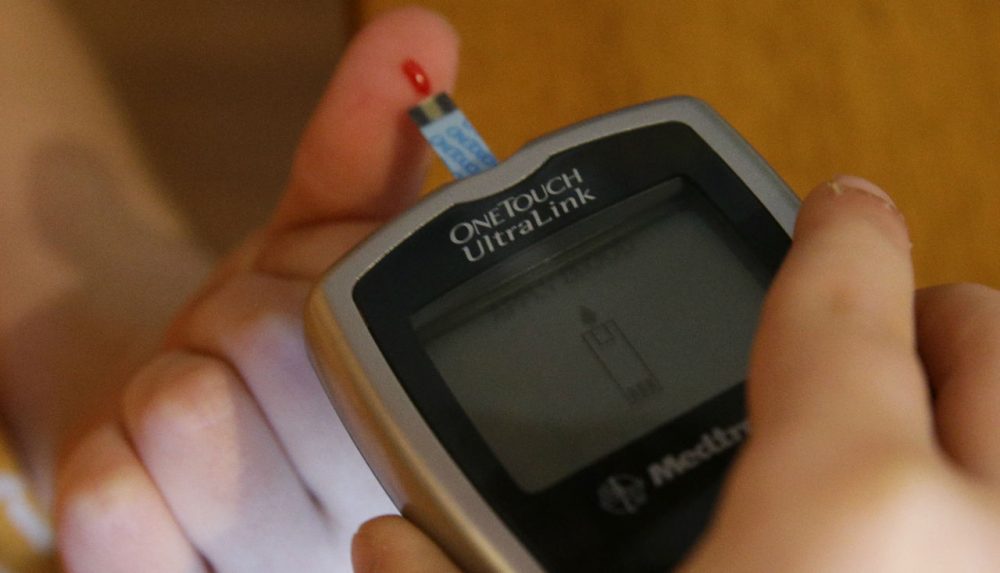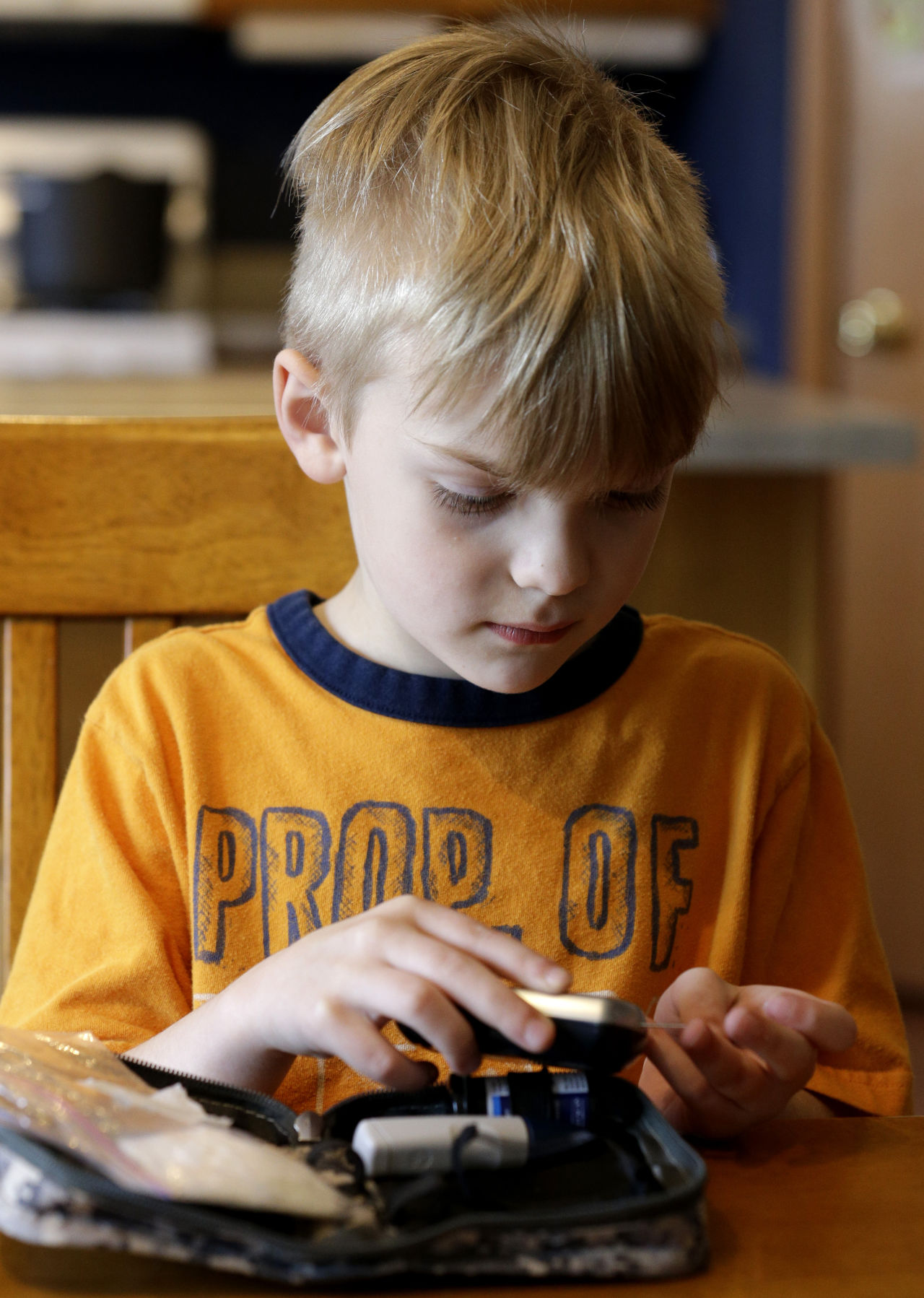Advertisement
The Importance Of Getting It Right In Diabetes Reporting

A front-page headline trumpeted the good news: “New Diabetes Cases, at Long Last, Begin to Fall.”
It took until the bottom of the sixth paragraph to learn that the declining disease data referred primarily to Type 2 diabetes, a condition that is often reversible, frequently treated by oral medication along with diet and exercise, and typically associated with lifestyle abuses. One subsequent sentence acknowledged the existence of a separate, more heinous form of the disease. Type 1 diabetes is an incurable, inherited autoimmune disease that dooms its victims to an eternity of insulin injections and a life expectancy shortened by seven to nine years.
Type 1 diabetes is an incurable, inherited autoimmune disease that dooms its victims to an eternity of insulin injections and a life expectancy shortened by seven to nine years.
Statistics vary, but upwards of 30 million Americans may have Type 2 diabetes. Somewhere shy of 3 million suffer from Type 1.
As is my habit, I whipped out my laptop to fire off a friendly note reminding the reporter in question that clarifying this distinction was not just a courtesy, but a responsibility. It is hard to imagine a reliable journalist who would write about “cancer” without specifying a particular type of cancer. We in the news media only add to the mountain of misunderstanding when we lump these two conditions together.
Type 2 is nobody’s idea of the common cold. This ravaging disease costs limbs, causes blindness and ends lives. But its causes differ sharply from the intractable condition known broadly, for its habit of striking in childhood, as juvenile diabetes. Even that name conjures up misconceptions, as if the sufferer might one day outgrow it.
When our son was diagnosed with Type 1 at age 16, we were startled by the ignorance that accompanied an outpouring of sympathy and surprise. The highly educated mother of one of his classmates voiced amazement that someone so thin could contract diabetes. A friend in Los Angeles said management of the disease was very simple: All we had to do was buy sugar-free everything. His godmother, never one to ask, but always one to tell, told us: “This is what you have to do. You have to get something called the pump. It’s wonderful. Everybody loves it.”

Never mind that no one loves anything associated with Type 1 diabetes. In fact, as a newly diagnosed patient, our son was subject to such wild blood-sugar fluctuations that no external device was available. We spent those first dreadful months waking him every two to three hours at night to administer finger-prick blood sugar tests. His daily diet requirements read like a chemistry manual, constantly measuring carbohydrate and fat levels. We went steady with the insulin hot line at Boston’s famed Joslin Diabetes Center, calling in (as required) to report blood sugar readings and then to adjust insulin levels accordingly. One day, he grabbed the syringe from me, pronouncing me an insulin-injection failure. Thereafter, wisely, he self-administered.
A network of fellow Type 1 moms helped me through that difficult period. We traded information and shared a bond of black humor brought on by sleeplessness and nonstop worry. The Type 1 Mafia, as I began referring to this clique-that-nobody-wanted-to-join, could always be counted on for a lively middle-of-the-night email exchange.
But even this sturdy cohort questioned my sanity when I decided to take on the national news media. My one-woman Type 1 education crusade has taken aim at newspapers, television, radio, magazines, whomever, including colleagues from the various news outlets where I have worked as a reporter over the years. I can only imagine the bemused reaction of the Vogue magazine columnist who wrote that a small encounter with diabetes might be worth a holiday candy binge, or the Boston restaurant critic who described a frenetic waitress as so crazed she must have been on a diabetes-induced sugar high.
To back up my contention that responsible reporting requires differentiating between the two forms of diabetes, I always include a boilerplate paragraph that defines both conditions. The wording was guided by an expert, Dr. Robin Goland of the Naomi Berrie Center at Columbia University Medical Center. It is clear and succinct, and it almost always generates absolutely no response from the news media sources I contact.
True enough, several reporters have blamed space constraints — or their editors, always a handy excuse — for the oversight. Most, however, fail so much as to reply, presumably dismissing me as a cranky annoyance.
We spent those first dreadful months waking [our son] every two to three hours at night to administer finger-prick blood sugar tests.
As a Type 1 mom, I cling to the hope that a medical miracle will end the scourge of diabetes in any form. In the meantime, I reflect on examples of how small linguistic adjustments can help reduce stigmatization and shift cultural awareness. AIDS, for example, was first known incorrectly as GRID, for Gay-Related Immune Deficiency. For many years, people with age-related dementia were dismissed as senile or outright ga-ga. Well into the 20th century, an ostensibly enlightened state named Massachusetts harbored underachieving youth in facilities for the mentally impaired.
Even in the 21st century, diseases can carry veils of shame, as if the victim had done something to bring on the condition. In the case of diabetes, all it takes is a simple modifier, Type 1 or Type 2.
I have yet to hear back (or not) from the author of the “declining cases” story. That’s OK. Soon enough there will be another reporter for me to reach out to.
